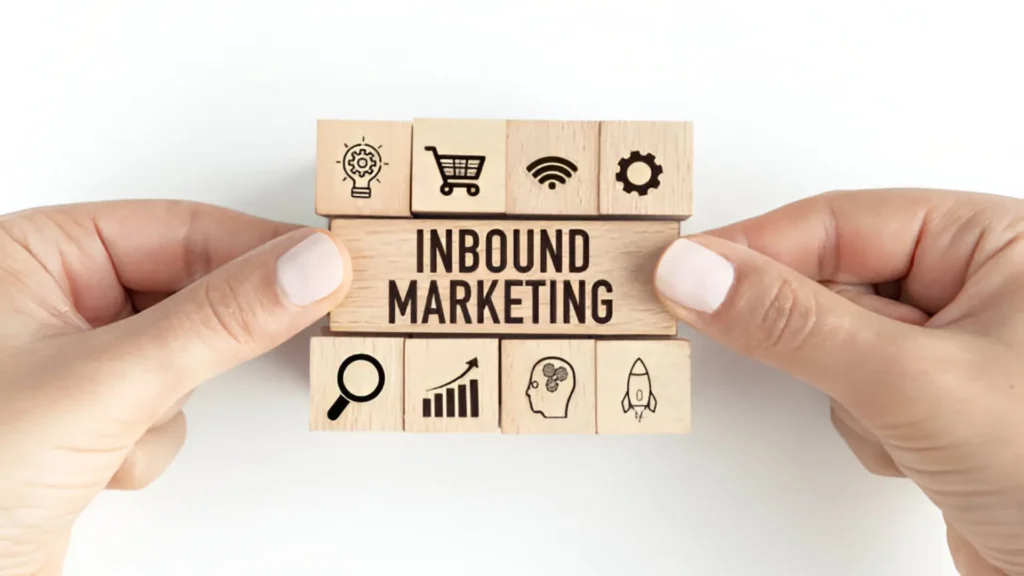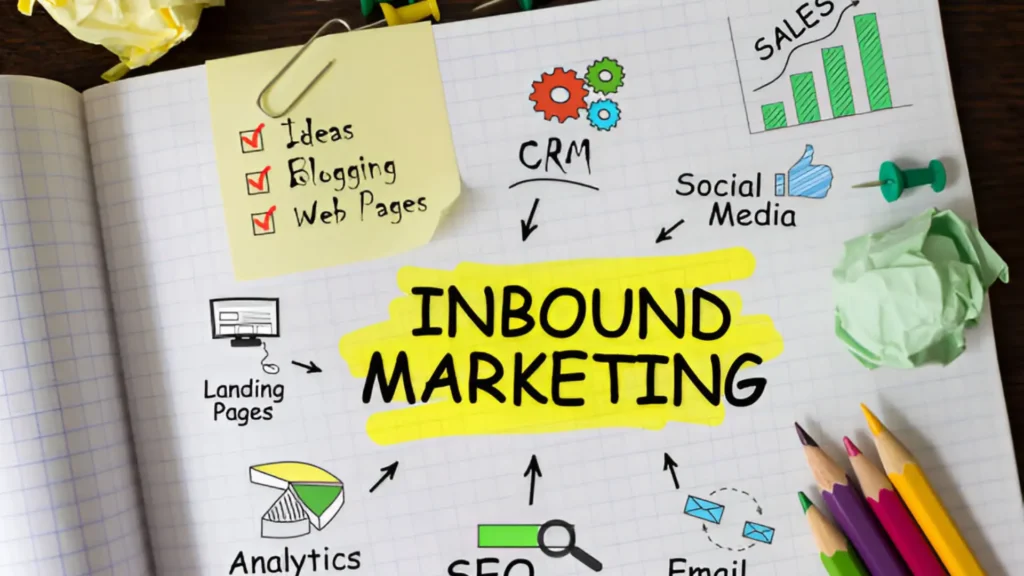What Is Inbound Marketing?
Inbound marketing draws qualified visitors toward a brand through helpful resources, expert guidance, and organic visibility. Prospects initiate contact after finding value in blogs, guides, or community posts. Search queries lead readers to answers, social shares amplify reach, and conversions follow when goodwill turns into trust. Quiet, steady, patient. Yet highly potent.
Micro-digression: Picture a waterfront café. Aroma drifts along the promenade. Passers-by follow the scent without a single sales pitch—same dynamic. Genuine pull.

What Is Outbound Marketing?
Outbound marketing projects brand messages toward audiences through paid or direct channels. Ads flash across feeds, cold emails land in busy inboxes, and teleprompts ring during office hours. The method aims for rapid visibility and fast pipeline surge. Loud, swift, decisive.
A brief aside—remember late-night infomercials? That energy has been upgraded for the digital era.
Key Differences Between Inbound and Outbound Marketing
| Criterion | Inbound Path | Outbound Route |
| Initiator | Prospect seeks insight | Brand delivers the message |
| Cost Curve | Upfront effort, gradual compounding | Immediate spend, quicker surge |
| Longevity | Evergreen asset value | Time-boxed exposure |
| Trust Level | High, due to value first | Variable, due to intrusion risk |
| Measurement Lens | Organic traffic, lead magnet opt-ins | Click-through, impressions, reply rate |
Pretty clear split, right?

Inbound Marketing Channels: SEO, Content, Social Media
SEO – Keyword road-maps align pages with live search demand. Long-tail phrases gather high-intent readers, and structured data helps snippets shine in featured spots.
Content Hubs – Pillar pages cluster around core themes. Internal links guide visitors, session depth climbs, and topical authority rises.
Social Communities – Thought-leadership threads spark dialogue. Short clips, carousels, and polls create low-friction entry points. Authentic tone rules.
Add on: Webinars, free tools, and white-paper libraries—all magnets, all evergreen.
Outbound Marketing Channels: Ads, Cold Emails, PPC
Display and Paid Social – Crisp creative plus clear value hook pushes brand visuals into prospect sightlines. A/B suites fine-tune copy and design.
Cold Emails – Personalisation tokens, concise pain-solution framing, and clear calls lift reply odds. Cadence planners keep sequences polite yet persistent.
PPC Search – Intent captured at the query level. Bids adjust via smart algorithms; landing pages match ad groups with single-minded clarity.
Phone outreach, direct mail packs, and event sponsorships extend the toolkit for account-based teams craving fast traction.
Can You Combine Inbound and Outbound Marketing?
Absolutely. A balanced mix often yields prime outcomes. Example workflow:
- Publish a data-rich trend report gated by a short form.
- Promote the report via LinkedIn ads aimed at industry buyers.
- Retarget ad engagers with shorter tip sheets.
- Hand high-score leads to sales for polite outreach.
Inbound assets fuel outbound promotions, while outbound spend accelerates content discovery. Synergy without friction. Pretty smart, right?

When to Use Inbound vs Outbound Marketing
Inbound Favours
- Early-stage awareness goals.
- Limited media budgets seeking compounding returns.
- Brands selling complex offers requiring education.
- Audiences are researching at length—think SaaS, health tech, and B2B consultancies.
Outbound Favours
- Revenue sprints during product launches.
- Niches with concise buying cycles.
- Hyper-targeted account programs.
- Early start-ups need quick proof for investors.
Hybrid plays: Mature firms often set inbound as a foundation, then layer outbound bursts during seasonal peaks or event seasons.
Which Is Right for Your Business?
Run a simple audit:
- Sales Cycle Length – Longer cycles reward nurturing content.
- Ticket Size – High-value deals absorb outbound spend more easily.
- Resource Pool – Strong writing talent? Lean inbound. Paid budget ready? Test ads.
- Brand Equity – New venture? Ads seed awareness. Trusted name? Organic pulls scales faster.
Step back, map current gaps, then assign weight to the winning mix. No complicated rules, only data-driven choice. Feels obvious, doesn’t it?
Inbound whispers value; outbound commands attention. Both deliver gains when deployed with intent, clear metrics, and audience empathy. Operendia guides brands through channel selection, asset creation, and performance loops. Ready to chart your path? Reach out—growth awaits.


